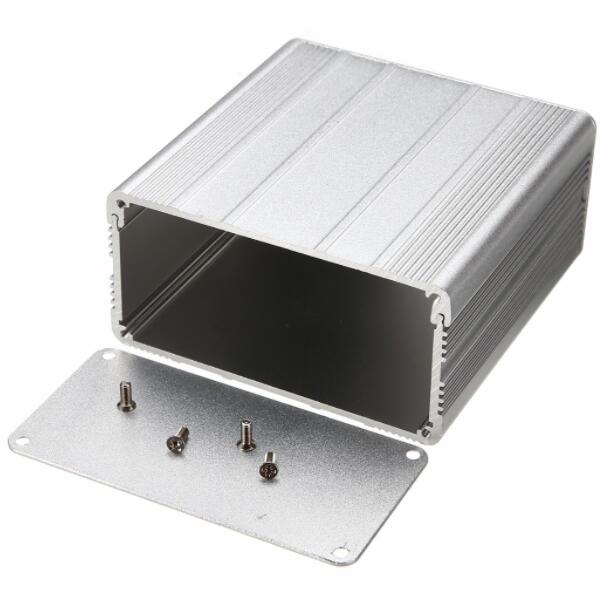Aluminum alloy parts and products are preferred by many industries because of their lightweight and good appearance. CNC aluminum machining is one of the best production methods for aluminum alloy shell products. What tools should be selected and what should you know during the machining process?

Cutting Tool Selection in CNC Machining of Aluminum Cases
Aluminum is a soft metal, so it is important to choose a good cutting tool for aluminum machining. A good tool handle can improve machining accuracy. Generally, a 3-edge milling cutter is used for processing aluminum alloy, because other factors may affect the use of a 2-edge ball end cutter or a 4-edge flat end cutter. The milling speed of aluminum alloy varies with the material, parameters, and machining process of the milling cutter. In CNC machining technology, the selection of tools is particularly important. Today, I will tell you how to select the tools for CNC machining aluminum enclosures.
– The ball end milling cutter and spiral interpolation drill can be used for boring and chamfering, semi-finishing, and precision part processing of holes. It is often used for finishing curved surfaces.
– The ball end milling cutter used for thread machining can machine various threaded holes with the spiral interpolation method.
– Carbide milling cutter shall be selected for plane cutting.
– When machining uneven surfaces and grooves, a high-speed steel end milling cutter shall be selected.
– End mill for general machining of profiles on the plane.
– During rough machining, use a milling cutter with carbide inserts.
– Ball end milling cutter, annular milling cutter, tapered milling cutter, and disc milling cutter are used for processing solid surface and bevel profiles.
Aluminum Case CNC Machining Tips
CNC machining is instructed by the computer so that the machine tool can move and process parts. The blanks are processed into semi-finished products by cutting tools. CNC cutting is a more reasonable processing method. It is also a common process for aluminum alloy precision machining. The aluminum laser deep carving technology adopts the end mill with a multi-directional cutting function, spiral cutting interpolation, contour cutting interpolation, etc. In this way, it selects as few tools as possible to process a small number of holes. In order to meet people’s demand for diversity and high-quality aluminum alloy cases and housings, there are some processing skills that should be paid attention to in the processing of aluminum alloy housing.
– If high-precision holes of any size are machined for high-efficiency aluminum alloy precision parts, the tool interpolation function can be used. Especially when high-speed milling is used, the load on each tooth is relatively light. As the aluminum laser deep carving process is adopted, the same coated carbide end milling cutter can be used for high-speed and high-precision hole machining of various materials.
– Select a proper cutting speed. The staff can choose the cutting speed to use according to the material to be processed, hardness, cutting state, material type, and cutting depth. These conditions are necessary to effectively reduce machine wear.
– Select the correct tool. Generally speaking, it is better to choose a tool with high strength and durability for rough turning, so as to better meet the requirements of rough turning.
– Select a proper fixture. The parts must fully meet the needs of the machine, reduce unnecessary positioning errors, and it is better to use special fixture clamping tools.
– Determine a reasonable processing route. Shorten the processing route as much as possible to reduce the wear of the machine.